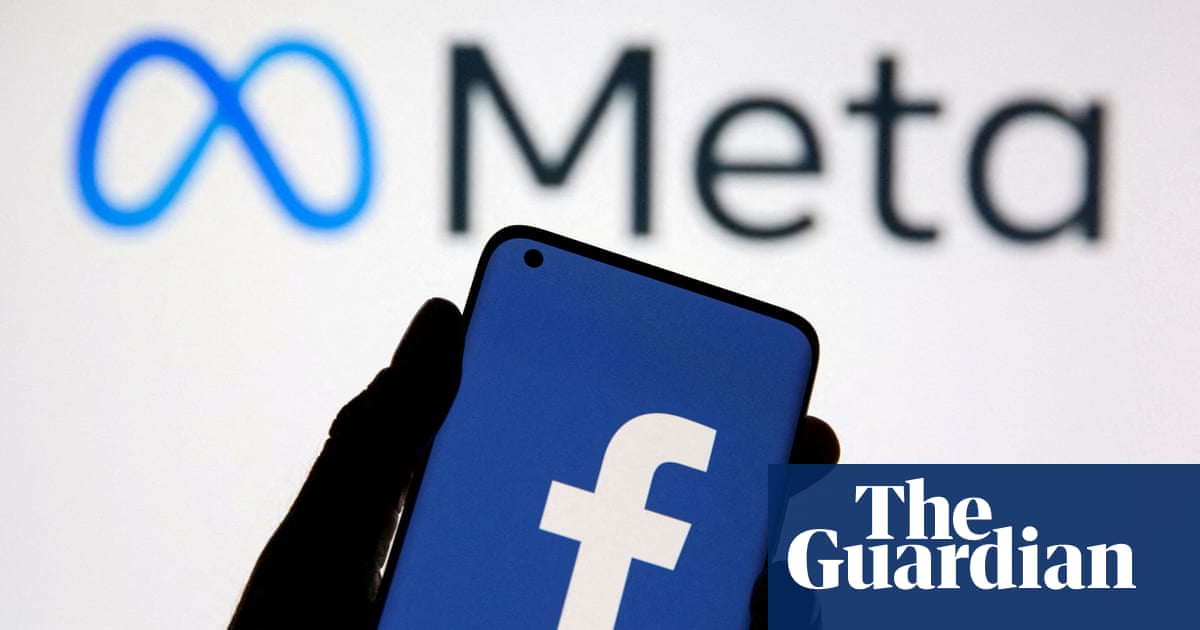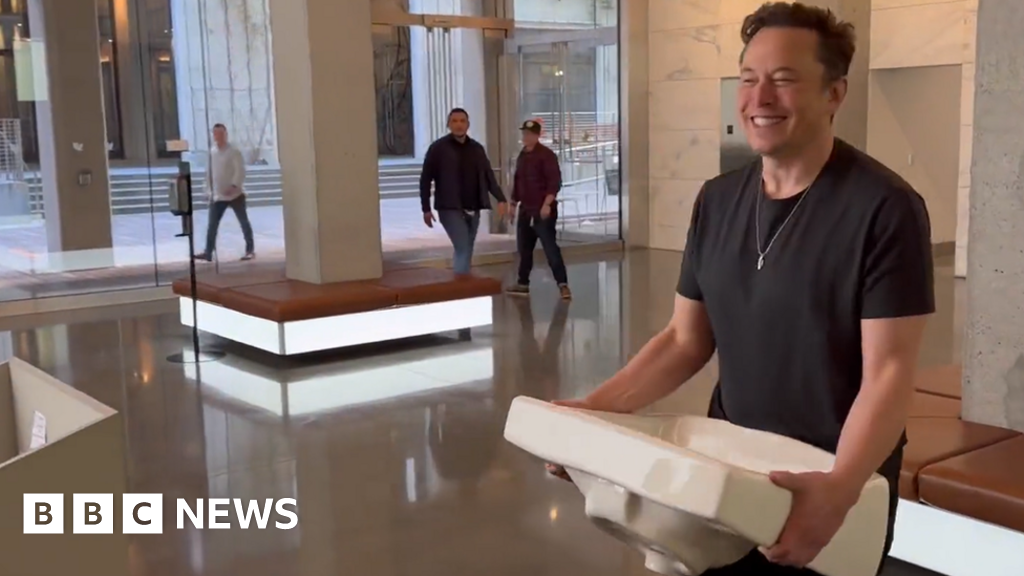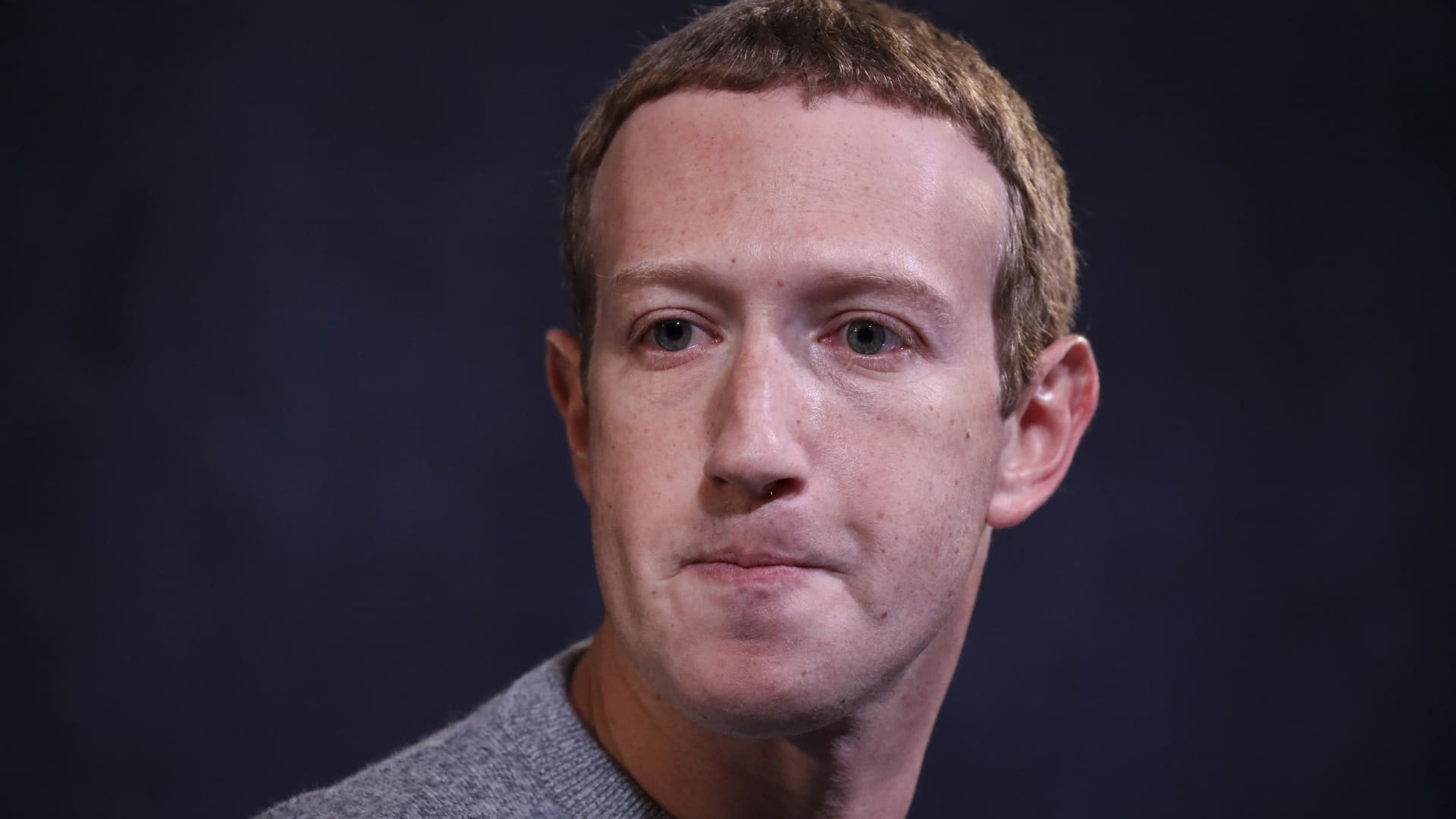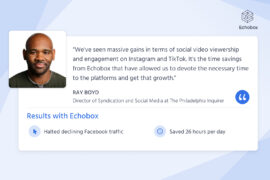In this week’s Roundup: Elon Musk finally bites the bullet and buys Twitter, but how does he draw heavy users back to the platform? Elsewhere, Meta’s share price takes a dive and AI learns to smell the roses.
News
It’s finally over. Elon Musk has completed his acquisition of Twitter, report James Clayton and Peter Hoskins at the BBC, bringing one of the longest running and most tedious tech stories of recent years to an end. Business maverick Musk has closed the deal at the original price after months of trying to get it lowered by threatening to back out. Genius.
The inevitable question that remains is what Twitter will become under Musk’s leadership. In an open letter, Musk sought to reassure advertisers that he had no intention of turning Twitter into a “free-speech” free-for-all, but this stance is at odds with past comments from the self described “free-speech absolutist”. Either way, the first order of business was to sweep out the C-suite with Twitter’s CEO, CFO, legal affairs chief and head of policy all shown the door.
But if you think the moral of this story is the terrifying narcissism of a delusional, rapacious capitalist uber-class insulated from the social consequences of their own misguided and simplistic ideology, you’d be wrong, dear reader. Wrong, because Elon Musk only bought Twitter because he loves us all.
The losses associated with Meta’s continued expenditure on the metaverse, coupled with a shrinking ad market, has seen the company’s stock price fall off a cliff, according to CNBC’s Sofia Pitt. Meta’s latest quarterly investor report saw revenue decrease by 4% and profits dive by more than half compared to the year before, causing a 24% drop in its shares.
Reality Labs, the arm of Meta responsible for developing the metaverse, has made a loss of nearly $10 billion this year alone, and Mark Zuckerberg has shown no indication that he is planning to rein in spending on the project. In fact he even forecasted that the department’s losses “will grow significantly” next year.
The metaverse is Meta’s long term bet on the future direction of life online and has been a significant drain on the company, with current metaverse-related products such as their latest VR headset, Quest Pro, proving a tough sell at $1,500.
Analysis

Not a new story here, but bear with us.
In further Meta news, the company is drawing from its established playbook once again, and threatening to ban news on Canadian Facebook and Instagram in retaliation for proposed legislation to force them to pay news publishers for their content.
If you’re left with a sense of deja vu, it might well be because this was the exact same strategy which they employed in their dispute with the Australian news industry. There, Facebook did in fact ban the pages of news organizations for 8 days before a “compromise” was struck allowing companies like Facebook to comply with the law if they reached deals with a sufficient number of publishers.
But Facebook also banned many non-news pages, including those of government agencies and NGOs, a move which a whistleblower alleged formed a part of Facebook’s campaign to strong-arm the Australian government to rewrite the proposed legislation.
Meta, for its part, claims that the banning of non-news pages was a technical error and insists, in the case of Canada, that publishers are the principle beneficiaries in their relationship with its platforms and that their content makes up less than 3% of what people see in their Feed.
This article from The Guardian’s Josh Taylor may well prove a harbinger of what’s to come.
Elon Musk’s takeover of Twitter is now complete and one of his most pressing concerns may well be attracting “heavy tweeters” back to the platform. That’s according to this report by Reuters’ Sheila Dang.
An internal report seen by Reuters has found that the number of the most active users has been in decline since the pandemic and the situation shows no sign of improving. “Heavy tweeters” – defined as someone who logs in 6-7 times and tweets 3-4 times in a week – have an outsized impact on the platform. They comprise under 10% of overall monthly users but produce 90% of tweets and 50% of global revenue, according to Dang.
The research also found that growing topics of interest among those English-language users who use the platform the most had changed to material that’s less attractive to advertisers. This was matched with a concomitant drop in subjects such as sport and entertainment.
It’s thought that some of these users are deserting the platform for Instagram and TikTok, so how Musk stems the flow and achieves what Mark Zuckerberg has contorted himself in knots to do, only time will tell.
AI
Recently in The Roundup, we covered the artists who were concerned that AI algorithms, trained on their work, could generate imitations passable enough to put them out of business. Well, AI is coming for Hollywood, too.
Recently an uncanny deepfake simulacrum “Bruce Willis” appeared in an advert for Russian cell carrier Megafon, after Willis licensed his likeness to the company who produced the ad. The legal and contractual intricacies that permit such a situation are the subject of this piece in Wired by Will Bedingfield.
At the far end of the spectrum, Bedingfield notes, the transferability of someone’s likeness – their appearance, voice etc. – could conceivably give another party the legal ownership of their identity. Scary stuff.
Did you know that the chemical that gives parmesan cheese its distinctive odor is the same chemical that makes vomit smell like vomit? Buon appetito.
The exact relationship between chemical molecules and our experience of smell is still somewhat of a mystery to science, but now AI is beginning to offer up a window into the process, according to this article from Scientific American’s Wynne Parry.
Using complex modeling that I won’t pretend to understand, scientists have developed a method that allows a computer to predict the smell of a certain compound based on its chemical features. This is more impressive than you may think, given compounds of different chemicals and structures can produce similar smells.
The actual applications for this model are pretty broad, from the scientific study of olfaction, to the development of specially designed chemicals such as the wonderfully descriptive U.S. Government Standard Bathroom Malodor.



/cloudfront-us-east-2.images.arcpublishing.com/reuters/GQJHMYFXSRNV3P7SKG3TGKP3TM.jpg)




